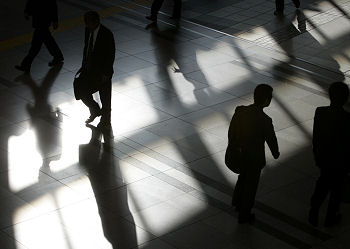VHFers, particularly those interested in meteor scatter, should be on the alert Saturday morning, September 1, for what could be a rare opportunity of excellent propagation. At 1137 UTC (4:37 PDT), the Earth's orbit will cross through the dust trail of long-period comet C/1911 N1 (Kiess), which is expected to provide a short but active two hour outburst of bright (-2 to +3 magnitude) meteors radiating from the constellation Auriga. Predicted rates for this particular Aurigids vary from around 100 meteors per hour to up to 1000. If high rates are achieved, the meteors could provide "open-band" conditions during the peak times. It might certainly be worth a look on 2 meters (or higher) during the hour leading up to the peak and through the peak time period. The meteor radiant is ideally placed for North Americans, so the more stations that are active, the more people can take advantage of what might possibly happen in the sky on Saturday morning. If conditions turn out to be excellent, the best mode for information exchange will be on SSB, keeping calls and transmissions very short and exchanging minimal information, such as signal reports or grids. As usual, the best frequency on 2 meters will likely be 144.200 MHz, with stations spreading out from there if conditions warrant.
More information on this rare event can be found here (photo above borrowed from this link).
Reprinted information provided by Steve McDonald, VE7SL
skip to main |
skip to sidebar
Current News, Technology, Previews, Politics, World Views -- It's all on NewzReviews!
Popular Posts
-
The first computer bulletin board system (BBS) goes live on February 16, 1978 in Chicago, Illinois. During a winter blizzard, Ward Christens...
-
Excerpts from WRAL.com and FOXNews.com Christina Smith Laurean , the wife of the suspected killer of a pregnant Marine, knew Lance Cpl. Mar...
-
UPDATED: 5.25.07 Article from FOXNews.com A porn star claims a state trooper who stopped her on a highway let drug charges slide in exchange...
-
The blogosphere is already developing a picture of who Cesar Armando Laurean is. Here is what we have gathered thus far. [This information ...
-
INITIAL POST: 3:15pm EDT LAST UPDATE: 4:57pm (Updating every few minutes, so refresh the page often...) Kelsey Smith's body has been fo...




